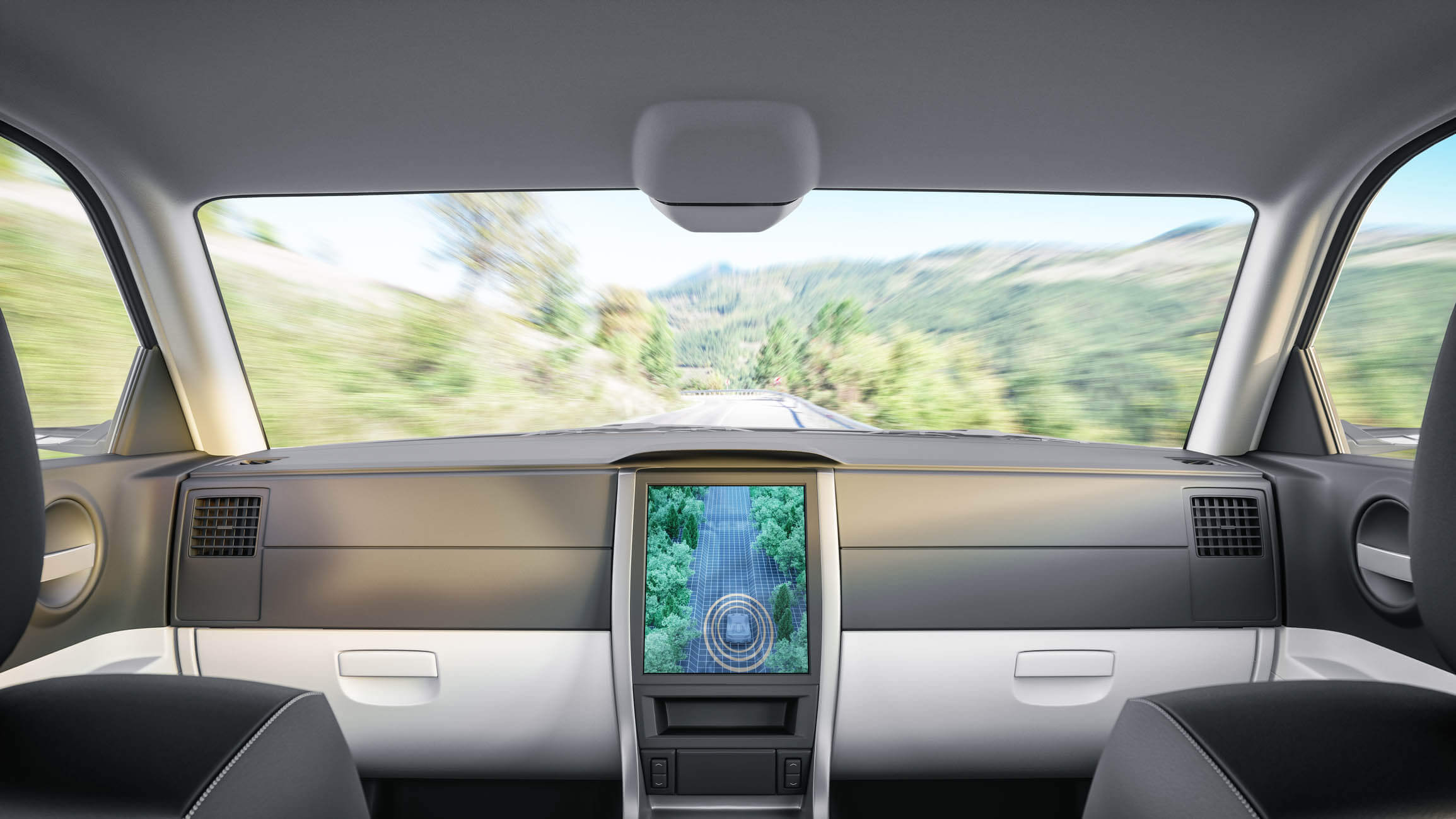The most anticipated technology trends of 2019

With rapid changes occurring across the digital landscape, it can be hard to keep up. That’s why we’re exploring prominent technology trends in a series entitled, Into the Future: How the latest tech trends are impacting healthcare & finance.
In this initial article, we explore the trends impacting us as individual consumers, however, looking ahead in the series, we will consider what these technological changes mean for the world of finance, medicine and other vital sectors.
Is it really new?
The rapid velocity of transformative technologies we see emerging today, which impact everything from finance to healthcare, the automotive industry and much more (these topics will be explored in future posts) were actually predicted as early as 1965. It was then that Gordon Moore, the co-founder of Intel, predicted a new exponential rate of change.
Moore’s general theory, now commonly known as Moore’s Law, asserts that technology will routinely double in speed, while the cost to accomplish this increase will be cut in half. His original theory revolves around transistors on computer chips and helps to explain the boon in technological advancements we’ve seen over the last several decades.
In fact, increased technology and reduced cost (think about what the smartphone in your pocket is fully capable of) has helped to create a world today that looks dramatically different than it did just years ago.
While some theorise that the “exponential rate” of technological advancement will eventually slow and stabilise, we experience the living manifestation of this theory every day, and 2019 will prove to be no exception.
With this in mind, let’s look at some of the newest emerging technologies that are bound to create excitement, shock and awe in the months ahead.
We’ve combed through headlines, reports and the Consumer Technology Association’s (CTA) latest findings to bring you our most anticipated technology trends of 2019.
Smart Homes
The conveniences of turning on your lights before you even arrive home and receiving increasingly in-depth metrics on your home while you’re away, are simply becoming too tantalising to resist.
Smart Home sales, including devices like thermostats, lights, smart speakers and smoke detectors show a 43% increase since 2017, and with Apple, Amazon and other tech giants releasing new technologies at entry-level price points, we don’t expect this trend to slow anytime soon.
One notable surprise in our findings showcases that new devices are now increasingly interoperable, meaning that your devices are likely to play nice with others even if you purchase them from separate companies. This is a major convenience to consumers who may not want to totally adapt to a single ecosystem to outfit their smart home.
Smartwatches
This wearable technology has seen a robust 26% increase in unit sales since 2017 and more companies are beginning to enter the field besides Apple and Fitbit.
While new luxury designs and waterproof/dustproof functionality (yes, even Hermes now has an Apple Watch) are bringing new customers in, trends show that it’s increased interest in digital health which is the fastest growing point of entry and the primary catalyst for the increase in sales.
The latest smartwatches, boasting the most precise health features, can easily measure heart rate, step count, calories burned and even detect a fall.
While we can’t ignore the sceptics (some doctors question the legitimate benefits of these exercise gadgets), tech-savvy consumers who are increasingly health-conscious will continue to make smartwatches a big trend to watch in 2019.
Self-Driving Cars
Google, Uber, Tesla and many other companies are throwing money at the world of autonomously driving vehicles at a faster rate, as the competition to make this technology widely available to consumers begins to heat up.
Many theorise that the first to crack the code on this, creating the safest, most dependable self-driving car, will potentially open up unfathomable market share.
For now, most self-driving cars are still in test-pilot mode, which comes with a required passenger ready to take the wheel of the self-driving car if it fails to brake properly or makes a mistake.
Still, considering the size of the auto industry as a whole, the potential of this technology in the future is perhaps the most dramatic and earth-shattering trend to watch in the coming months and years.
More trends to watch
Other important areas to keep an eye on including the world of artificial intelligence computing, with companies like Nvidia and Intel creating rapid strides toward a new world of automated intelligence.
Also notable, is the increased accessibility of 4K ultra-high-definition screens found in consumer technologies like televisions and computers, as well as the increasingly ubiquitous role of entertainment-centric streaming services. From Spotify to Netflix and even China’s rapidly growing native service, IQIY Inc, money is flooding into these streaming services with remarkable speed as they compete for consumer dollars and market advantage.
As more consumers look to their smartphones and smartwatches for conveniences and entertainment (often from the comfort of their smart homes), we think more power will gravitate toward these new streaming giants as time goes on.
What do these technological changes mean for the world of finance, medicine and other vital sectors that impact our lives every day?
Be sure to check out our next post to find out!
A version of this article first appeared on Credabl’s blog. A partner of Maia Financial, Credabl provides medical, veterinary and accounting professionals with their personal and business finance needs.
About Us
Maia Financial is a leading, independent provider of asset finance solutions. We specialise in Asset Finance, Asset Management and Vendor and Intermediary services. Established more than 27 years ago, we have financed billions of dollars’ worth of assets, supporting the capital needs across various sectors (including education, healthcare, manufacturing, agribusiness) and government entitles across Australia and New Zealand.

